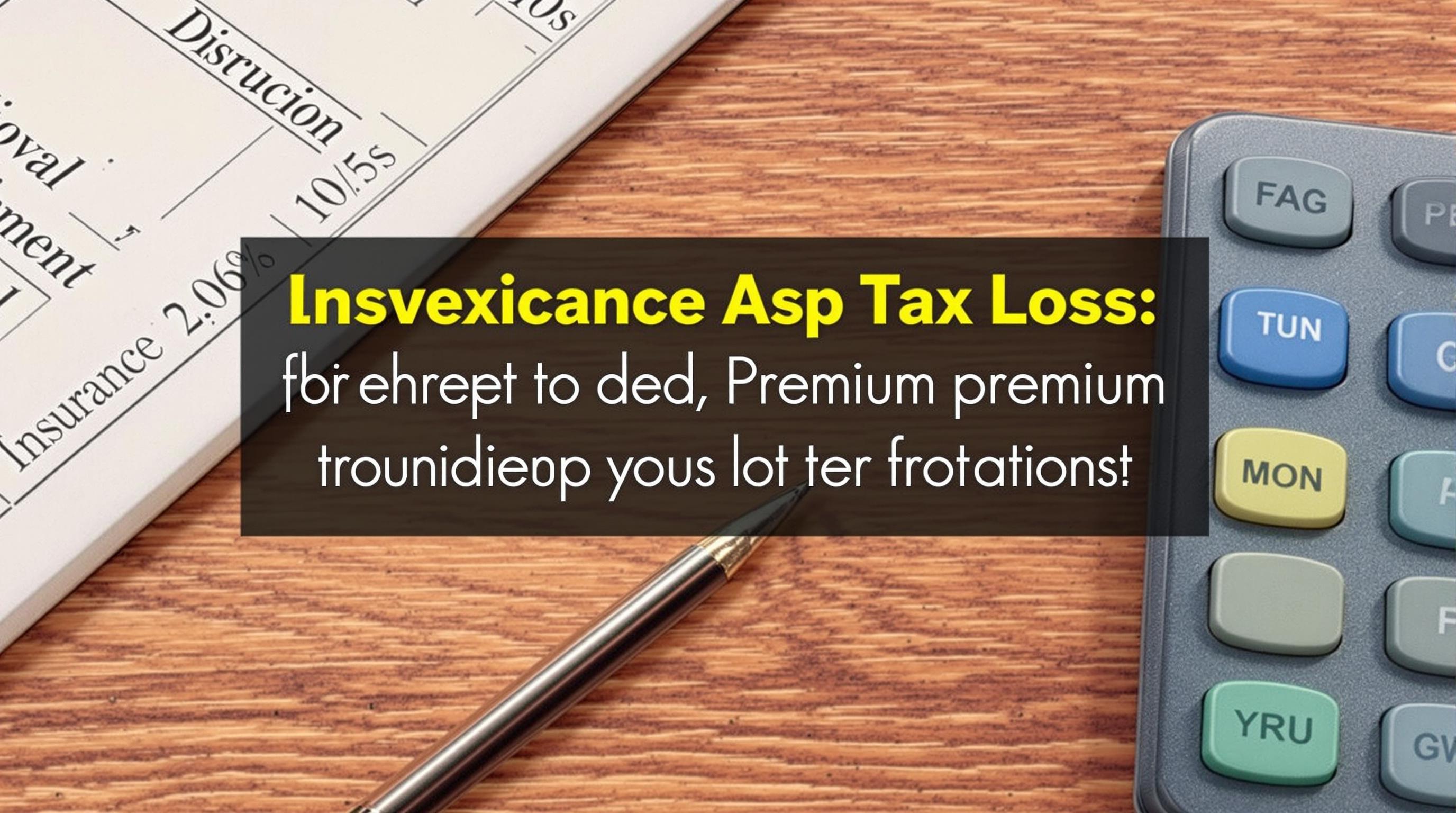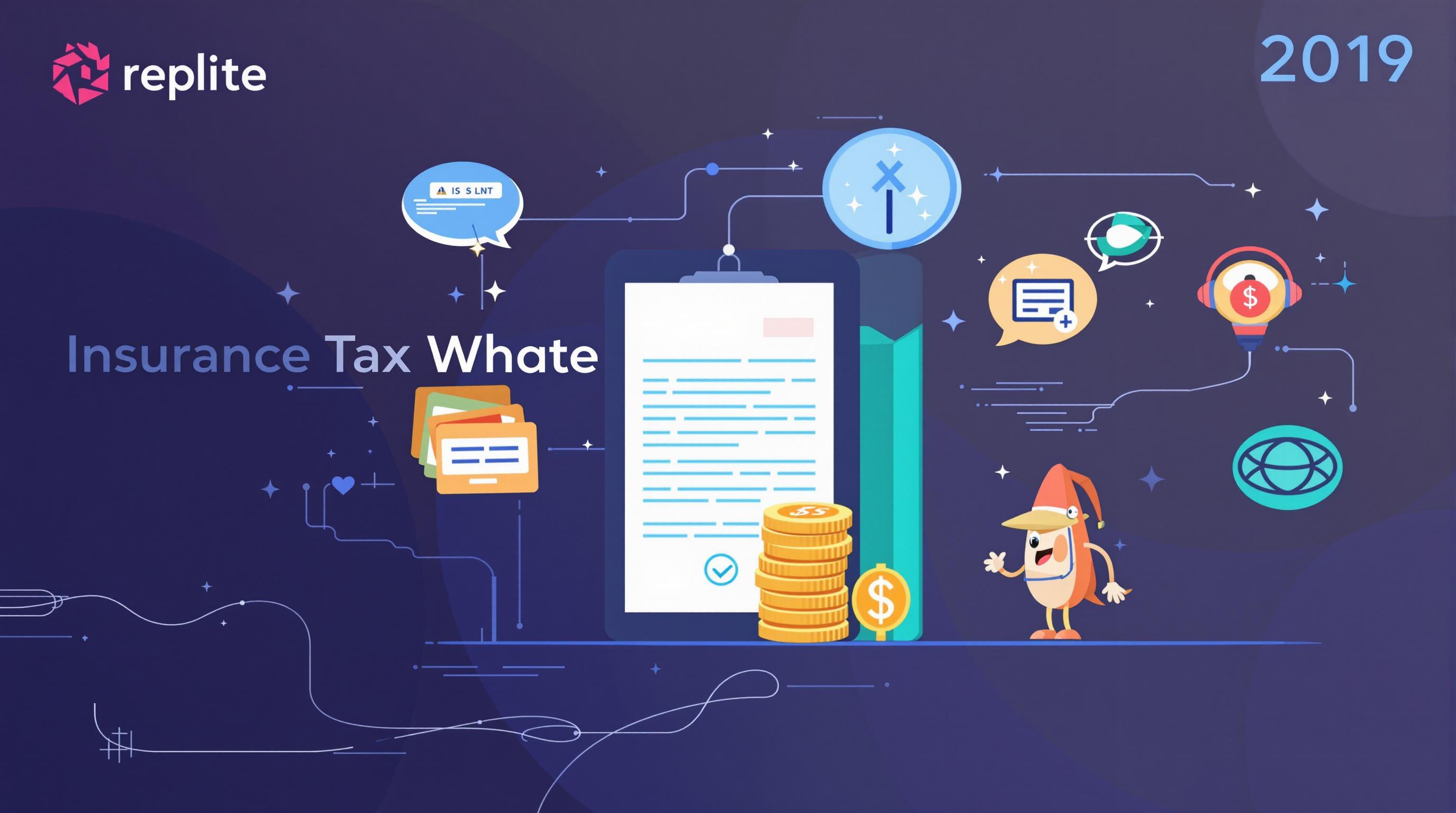Related Articles
- Top 7 Game-Changing Riders Released Since 2019 That Redefine How You Customize Your Life Insurance Coverage
- Top 5 Game-Changing Insurance Add-Ons from the Past Five Years Redefining Rider Benefits and Coverage
- The Silent Impact of Guaranteed Issue Insurance on Elderly Mental Health and Community Social Networks
- Top 6 Emerging Simplified Issue Policies Since 2019 That Redefine Risk and Flexibility for Modern Buyers
- How Changing Remittance Intervals Influence Insurer-Provider Partnerships in Healthcare Coordination
- How Seasonal Spending Cycles Secretly Shape Insurance Premium Timing and Consumer Choices
Top 7 Cutting-Edge Financial Shielding Tools Released Since 2019: A Comprehensive Review for Smart Investors
Top 7 Cutting-Edge Financial Shielding Tools Released Since 2019: A Comprehensive Review for Smart Investors
Top 7 Cutting-Edge Financial Shielding Tools Released Since 2019: A Comprehensive Review for Smart Investors
Introduction
In the evolving landscape of global finance, safeguarding one’s assets has become an imperative. Since 2019, the market has seen a remarkable influx of innovative financial shielding tools designed to protect investors against volatility, fraud, and economic downturns. This article offers a comprehensive review of the top seven such tools, crafted to equip smart investors with the latest in financial security.
The increasing complexity of financial markets demands strategies that go beyond traditional asset diversification. New technologies and regulatory frameworks have enabled the creation of sophisticated instruments that blend technology with finance, delivering robust protection mechanisms. From enhanced encryption to AI-driven risk assessments, these tools represent the cutting edge in financial defense.
Our review covers tools that have proven their efficacy and reliability in real-world usage since 2019. Drawing on various credible industry reports and user testimonials, this guide aims to help investors discern and adopt the most suited financial shielding technologies in today’s fast-paced environment.
1. AI-Powered Fraud Detection Platforms
One of the most revolutionary developments in financial shielding has been the integration of artificial intelligence into fraud detection systems. These platforms use machine learning algorithms to analyse transaction patterns in real time and flag suspicious activity before it inflicts damage.
Unlike traditional methods relying on static rules, AI-based systems evolve through continuous learning, increasing their precision with every detected anomaly. Companies like Darktrace and PatternEx have led the field by integrating these capabilities into both personal and institutional finance management.
Investors benefit from quicker detection times and reduced false positives, enabling safer transactions and enhanced peace of mind. According to a 2022 report by Deloitte, AI-powered fraud detection has decreased financial fraud losses by an estimated 40% among adopters since 2019.
2. Blockchain-Based Asset Protection Tools
The adoption of blockchain technology has introduced unprecedented transparency and security to asset management. Tools leveraging blockchain provide immutable records that are nearly impervious to tampering, ensuring verifiable and tamper-resistant financial records.
Platforms such as Trustology and BitGo utilize multi-signature wallets and decentralized ledgers to shield cryptocurrencies and even traditional assets from unauthorized access and theft. These innovations have significantly increased investor confidence in digital assets.
The decentralized nature of blockchain reduces reliance on single points of failure, a critical vulnerability in legacy financial systems. A 2021 survey by the World Economic Forum highlighted blockchain’s role in reducing fraud risk by up to 60% across multiple sectors.
3. Advanced Encryption Technologies for Digital Wallets
With the surge of digital assets, the need for protecting wallet security has become paramount. Cutting-edge encryption methods have been introduced to secure private keys and wallet access, minimizing the risk of hacking.
Innovations such as Quantum-Resistant Encryption (QRE) have emerged since 2019, future-proofing wallets against the rise of quantum computing threats. Vendors like Ledger and Trezor have incorporated these technologies to stay ahead of emerging security challenges.
For investors, this means fortified defense against unauthorized access, even from highly sophisticated cyber threats. Cybersecurity Ventures predicts that tools utilizing advanced encryption will be essential for digital asset protection by 2025.
4. Regulatory Technology (RegTech) Compliance Suites
Regulations in financial markets continue to evolve rapidly, and failure to comply can lead to severe penalties. Since 2019, RegTech has burgeoned as a specialized sector offering automated compliance monitoring and reporting tools.
These suites help investors and fund managers navigate complex legal frameworks effortlessly, ensuring adherence to Anti-Money Laundering (AML) and Know Your Customer (KYC) requirements through AI-driven analysis and automation.
Key players like ComplyAdvantage and Onfido supply real-time risk management dashboards that reduce manual compliance tasks and enhance accuracy. According to PwC, adoption of RegTech has cut compliance costs by an average of 30%, making it an indispensable shield for financial stakeholders.
5. Cybersecurity Insurance Marketplaces
With cyber threats escalating in frequency and sophistication, cybersecurity insurance has become a critical component of financial shielding strategies. Since 2019, digital marketplaces have emerged that simplify access to tailored cyber insurance products.
Platforms such as Coalition and At-Bay use advanced data analytics to offer customized policies that cover financial losses from cyberattacks, data breaches, and ransomware. This product innovation bridges gaps left by traditional insurance offerings.
Experts from Gartner estimate that businesses leveraging these marketplaces experience up to 50% faster claim processing and risk mitigation, enabling investors to recover more swiftly from cyber incidents while maintaining continuity.
6. Smart Contract Insurance Protocols
Smart contracts on blockchain networks have revolutionized decentralized finance (DeFi). Since 2019, insurance protocols embedded within smart contracts provide automatic protection against contract failure or fraud without intermediaries.
Projects like Nexus Mutual and Cover Protocol offer decentralized insurance pools where investors can hedge risks transparently and efficiently. This innovation aligns with the ethos of reducing counterparty risk in financial agreements.
These protocols have gained traction for their cost-effectiveness and speed of execution, with an estimated combined coverage pool surpassing $500 million as of 2023. Industry analysts view smart contract insurance as a pivotal advancement for secure DeFi investing.
7. Privacy-Enhancing Technologies in Financial Transactions
Privacy remains a paramount concern for sophisticated investors who seek discretion while shielding their financial activities. Since 2019, privacy-enhancing technologies (PETs) such as zero-knowledge proofs and confidential transactions have matured significantly.
Applications like the Zcash network and Monero have integrated PETs to ensure transactional anonymity without compromising compliance. These technologies suppress sensitive data exposure, preventing undue surveillance or data leaks.
According to a 2023 paper from the Cambridge Centre for Alternative Finance, the adoption of PETs contributes to lowering asset tracing risks, thereby fortifying financial confidentiality for users across varied jurisdictions.
8. AI-Based Portfolio Risk Management Tools
Financial investors increasingly employ AI-driven risk management platforms to foresee market fluctuations and shield portfolios accordingly. Since 2019, such tools have incorporated big data analytics and sentiment analysis as key features.
Companies like BlackRock with their Aladdin platform enable institutional investors to model complex scenarios and devise mitigation strategies preemptively. The benefit lies in reducing unexpected losses and improving asset allocation decisions under uncertainty.
Recent studies published in the Journal of Financial Economics show AI-based risk tools can enhance portfolio resilience by up to 25% during volatile periods, validating their importance in prudent investment management.
9. Automated Tax Shielding and Optimization Software
Effective tax management remains a cornerstone of financial shielding. Advances in automation since 2019 have created sophisticated software that dynamically optimize tax liabilities while ensuring compliance with evolving regulations.
Platforms like TurboTax Business and TaxAct Pro integrate AI to analyze investor transactions and suggest strategic moves such as tax-loss harvesting or asset location to reduce tax exposure legally.
By reducing manual errors and identifying missed opportunities, these tools enable investors to retain more capital. The IRS data indicates a notable uptick in adoption of such technology among retail and professional investors alike, underscoring their growing relevance.
10. Conclusion
The financial landscape since 2019 has been marked by rapid technological progress, yielding several innovative tools that greatly enhance asset protection. From AI-enhanced fraud detection to blockchain asset shielding, investors now command a sophisticated arsenal to counter traditional and emergent risks.
Smart investors would do well to evaluate their portfolios and risk profiles in light of these advances. Incorporating select tools from this review can markedly reduce exposure and bolster confidence in navigating the complexities of modern financial systems.
As technology continues to evolve, so too will the mechanisms for financial shielding. Staying informed and proactive remains paramount for any investor seeking not only to grow wealth but also to preserve it securely against an unpredictable economic world.
References:
- Deloitte, “Combatting Financial Fraud with AI,” 2022
- World Economic Forum, “Blockchain and Fraud Prevention,” 2021
- Cybersecurity Ventures, “Cybersecurity Trends and Predictions,” 2023
- PwC, “Efficiency Gains through RegTech,” 2020
- Gartner, “Cyber Insurance Market Evolution,” 2023
- Cambridge Centre for Alternative Finance, “Privacy-Enhancing Technologies in Finance,” 2023
- Journal of Financial Economics, “AI in Portfolio Risk Management,” 2022
- IRS, “Tax Software Trends and Usage,” 2023





